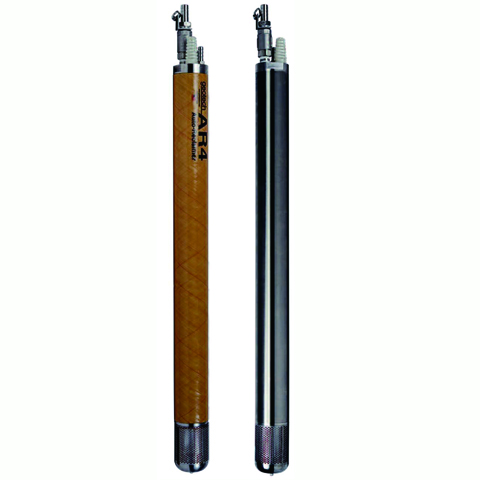Leaking Underground Storage Tanks Corrective Action Resources
Abs: This section of the LUST Corrective Action Resources offers an overview of the corrective action process as well as the operation, maintenance, and monitoring requirements that will likely be an integral part of the process.
Introduction
The selected remedial action is described in detail in the CAP and may include preparation of written specifications and detailed engineering drawings. The plan may require that the action be performed by qualified contractors and may outline strategies to help the tank owner or operator control costs. The plan may also include specific cleanup goals, a project schedule, and project milestones.
This section of the LUST Corrective Action Resources offers an overview of the corrective action process as well as the operation, maintenance, and monitoring requirements that will likely be an integral part of the process.
Remediation Methodologies
Remediation methods for liquids or vapors include free product recovery as well as passive and active single-phase and multi-phase recovery. Depending on site conditions, it may be possible to collect free product passively, as opposed to using active methods that rely on electricity or pneumatic devices. Passive product collection may be just as effective as active remediation while having significantly lower operational costs and electrical demands and producing lower greenhouse gas emissions. Examples of passive remediation methods may include skimmers, absorbent socks, or floating oil/water separators. Examples of active remediation systems may include soil vapor extraction or ground water pumping with activated carbon treatment. For soil, some treatment methods require excavation of the soil (ex situ treatment) while others allow soil to remain in place (in situ treatment) for procedures such as in situ oxidation, flushing, bioremediation. Excavated soil may even be reused in the making of asphalt.
Light Non-Aqueous Phase Liquid Recovery
Institutional controls are meant to be used in conjunction with treatment or engineering controls such as containment. Engineering controls are the physical structures that limit or restrict exposure to contamination in the short term or for extended future use. Typically they are well-engineered barriers, such as a reinforced concrete slab constructed in the ground to prevent access to contamination and reduce the exposure pathway.
Performance Monitoring
Source: Coordinator: EnvGuide Team









